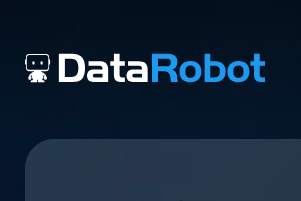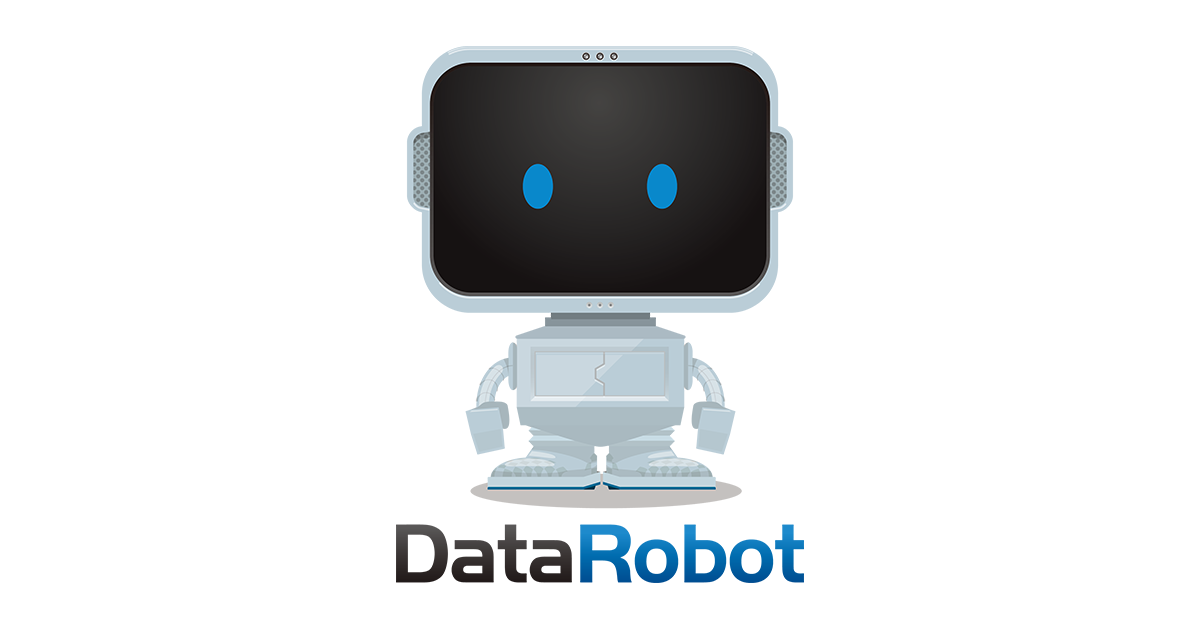Artificial intelligence (AI) is changing the world—and businesses are racing to keep up. DataRobot AI Platform is helping organizations transform their operations, automate decision-making, and stay competitive in the fast-paced digital economy. This article explores what the DataRobot AI Platform is, how it works, and why it’s becoming a must-have for businesses across industries.
What Is the DataRobot AI Platform?
The DataRobot AI Platform is an end-to-end solution that enables companies to build, deploy, and monitor machine learning models at scale. Founded in 2012, DataRobot has become a leader in enterprise AI by simplifying the process of working with complex data and making AI accessible to non-experts.
The platform supports a full AI lifecycle—from data preparation and modeling to deployment and monitoring. With built-in automation and support for multiple programming languages (like Python and R), DataRobot allows data scientists and business analysts alike to collaborate and create AI solutions faster than ever.
Key Features of the DataRobot AI Platform
Let’s break down some of the most powerful features that make the DataRobot AI Platform so effective:
1. Automated Machine Learning (AutoML)
One of the biggest barriers to AI adoption is the technical complexity of building models. DataRobot’s AutoML tool helps solve this problem. It automates many of the time-consuming steps, such as:
- Data cleaning and preprocessing
- Feature engineering
- Model selection and training
- Hyperparameter tuning
With AutoML, users can build highly accurate models without needing advanced programming skills.
2. Model Deployment and Monitoring
Building a model is just the beginning. The real challenge comes with deploying it into a production environment. DataRobot simplifies this process by:
- Allowing one-click model deployment
- Providing APIs for real-time scoring
- Offering performance monitoring dashboards
This means organizations can keep track of how their models are performing in the real world and make adjustments as needed.
3. MLOps Integration
MLOps (Machine Learning Operations) is a critical component of modern AI workflows. It ensures that models stay reliable and useful over time. The DataRobot AI Platform includes MLOps tools that help teams:
- Track model versions
- Monitor model drift
- Automate retraining and updates
- Ensure compliance and governance
These features are especially important for industries with strict regulatory requirements like finance and healthcare.
4. Support for Collaboration
AI projects often involve both technical and non-technical stakeholders. DataRobot promotes collaboration by offering:
- Easy-to-read visualizations and dashboards
- Built-in explanations for model predictions (known as “Explainable AI”)
- Tools for sharing models and insights across teams
This helps break down silos and ensures that business leaders can understand and act on AI-driven insights.
Why Businesses Choose the DataRobot AI Platform
Here are some key reasons why companies across the globe are adopting the DataRobot AI Platform:
Faster Time to Value
Traditional AI development can take months. With DataRobot’s automation tools, organizations can go from raw data to deployed model in a matter of days or even hours. This rapid development cycle gives companies a competitive edge.
Democratization of AI
DataRobot lowers the barrier to entry by allowing business analysts and other non-technical users to build and use AI models. This democratization means that more departments—marketing, HR, finance—can take advantage of AI without needing dedicated data science teams.
Scalable and Secure
As businesses grow, their AI needs grow too. The DataRobot platform is built to scale, with support for cloud, on-premise, and hybrid environments. It also includes enterprise-grade security features to protect sensitive data.
Real-World Use Cases of the DataRobot AI Platform

Let’s explore how different industries are using DataRobot to solve real-world problems.
1. Healthcare
Hospitals and healthcare providers are using DataRobot to:
- Predict patient readmissions
- Optimize treatment plans
- Reduce hospital stays
- Forecast resource needs
For example, one healthcare provider used DataRobot to analyze patient records and reduced readmission rates by 15%.
2. Finance
Banks and financial institutions use the platform for:
- Fraud detection
- Credit risk scoring
- Customer segmentation
- Predictive maintenance of ATMs
A leading bank used DataRobot to improve its fraud detection accuracy by 20%, saving millions annually.
3. Retail and E-commerce
Retailers use DataRobot to:
- Personalize marketing campaigns
- Optimize inventory management
- Forecast sales
- Improve customer retention
An online retailer used the platform to increase their email campaign response rate by 35% by targeting customers more accurately.
4. Manufacturing
Manufacturers benefit from AI by:
- Predicting equipment failures
- Reducing downtime
- Enhancing quality control
- Managing supply chains
One industrial manufacturer saved over $5 million by using DataRobot to prevent machinery breakdowns before they happened.
DataRobot AI Platform vs. Other AI Solutions
Here’s how DataRobot stacks up against other popular AI platforms:
| Feature | DataRobot | AWS SageMaker | Google Vertex AI | Azure ML |
|---|---|---|---|---|
| AutoML | ✅ Yes | ✅ Yes | ✅ Yes | ✅ Yes |
| MLOps Tools | ✅ Strong | ✅ Moderate | ✅ Moderate | ✅ Moderate |
| Ease of Use | ✅ Very User-Friendly | ❌ Requires AWS Knowledge | ❌ Technical UI | ❌ Technical UI |
| Collaboration Features | ✅ Built-In | ❌ Limited | ❌ Limited | ❌ Limited |
| Explainable AI | ✅ Excellent | ✅ Basic | ✅ Moderate | ✅ Moderate |
DataRobot clearly excels in user-friendliness and collaboration, making it ideal for businesses looking to implement AI without deep technical expertise.
Challenges and Considerations
While the DataRobot AI Platform is powerful, there are still some challenges to consider:
- Cost: Enterprise-level pricing can be high, making it less suitable for small startups.
- Data Quality: AI models are only as good as the data fed into them. Organizations must ensure they have clean, accurate data.
- Training: Even with automation, users may need training to get the most out of the platform.
Still, for companies serious about AI, these challenges are often outweighed by the potential benefits.
The Future of DataRobot

DataRobot continues to innovate by adding new features and expanding its ecosystem. The company recently announced:
- Generative AI Capabilities: Integration of large language models (LLMs) for tasks like text summarization and chatbot development.
- Time Series Enhancements: Improved forecasting tools for businesses reliant on accurate time-based predictions.
- Partner Ecosystem: Collaborations with major tech companies like Snowflake, Microsoft, and SAP to offer seamless integrations.
With AI becoming a key driver of business success, DataRobot is well-positioned to lead the next wave of intelligent automation.
Conclusion
The DataRobot AI Platform is more than just a machine learning tool—it’s a business enabler. By automating complex processes, democratizing AI development, and offering powerful MLOps features, DataRobot allows organizations to unlock the full value of their data.
Whether you’re in healthcare, finance, retail, or manufacturing, the platform provides a scalable, secure, and user-friendly way to bring AI into your operations. As AI adoption grows, tools like DataRobot will become essential for staying ahead in an increasingly data-driven world.
Read Next – Palantir Technologies: A Deep Dive Into Its Rise & Future






